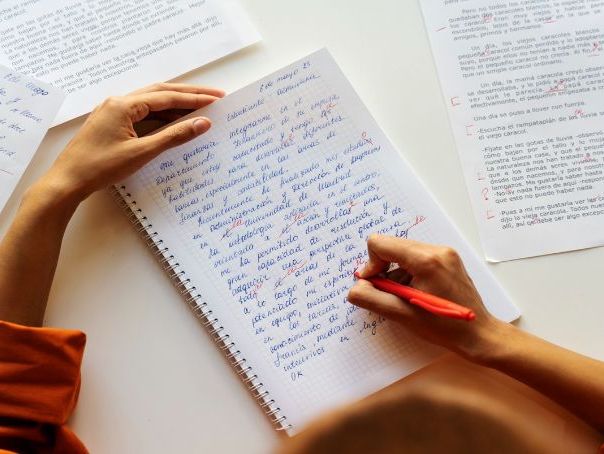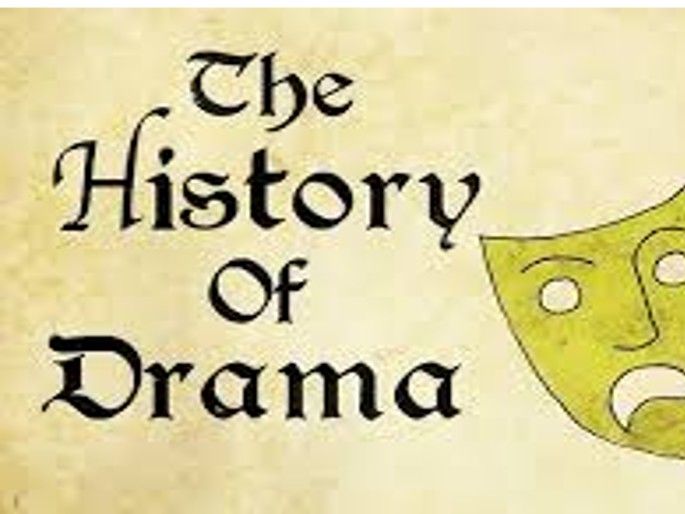Mr D's drama store
I have been working in education for the last twelve years across a variety of subjects but specialising in drama and the performing arts. I have uploaded a variety of schemes of work that will take around six hours to deliver and I hope you enjoy using them in your classroom as much as I have!




















